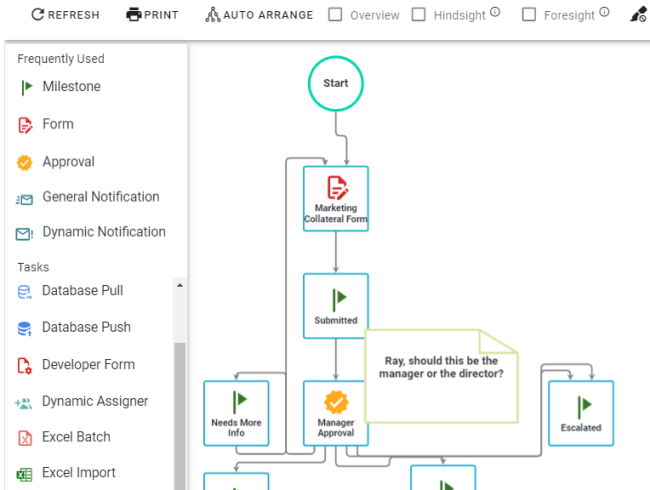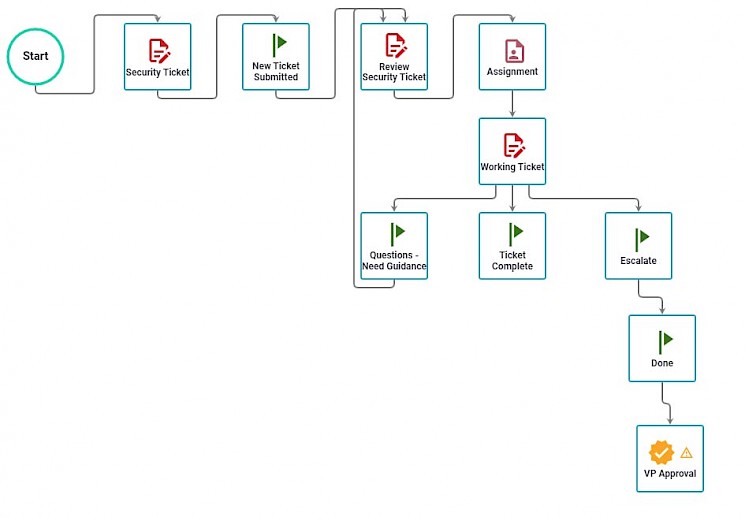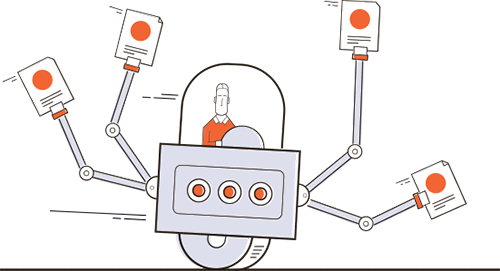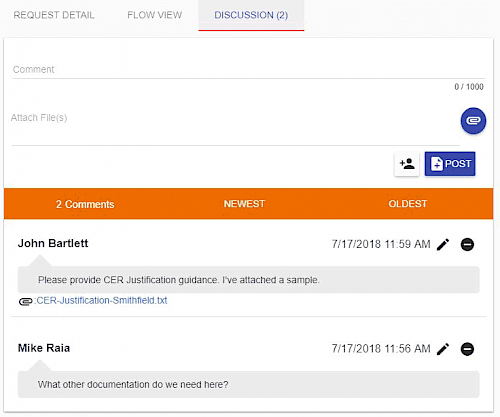Task Automation | Automate Repetitive Work
Task automation can provide relief from manual, repetitive tasks across the organization
What Is Task Automation?
Task automation is the use of software to reduce the manual handling of simple tasks or a series of more complex tasks with the goal of making processes more efficient and employees more productive.
Task Automation Software
Task automation tools vary based on complexity and use case. For instance, a tool like Zapier can be used when the tasks involve straightforward integration between Web-based systems—for instance, sending a Slack notification when a Twitter post mentions your company name.
In other cases, you may want to automate tasks related to a customer submitting a complaint form or requesting a significant capital expenditure. You'll want to look into a task automation platform with robust integration capabilities in these cases. These tools can help you lay out your tasks in a visual way that helps deal with the complexity and socialization of the process.

Building Processes with Automated Tasks
Task automation software has become increasingly popular thanks to user-focused task workflow tools that simplify complex designing tasks. In most cases, tasks are arranged using a drag-and-drop interface, allowing various task types to be arranged and connected to simulate the real-world task workflow. This is also sometimes referred to as "workflow automation."
The tasks in a process can include forms to be completed, approvals to be provided, assignment of work, triggering of another system, data retrieval, sending emails and alerts, etc. Most task automation software includes a variety of pre-built tasks like these that can be arranged sequentially or in parallel based on the order tasks typically follow.

Business Rules
A workflow engine (sometimes called a "business rules engine") is an application that runs within a task automation system and makes decisions automatically based on preset rules. These decisions usually involve deciding how a task should be accomplished, who should do it, how to know when it's completed, and what needs to be done next.
For instance, you might have a task that's part of the process for onboarding new hires. The task is ensuring a new hire is correctly entered into the payroll system.
- How should the task be accomplished? Selecting the proper salary classification for the new hire.
- Who should do it? The HR administrator for the new hire's region.
- How will we know the task is completed? When the salary classification is selected, submitted.
- What needs to be done next? The salary classification must be reviewed and approved by the HR Director.
This task could be automated in several ways:
- As the new hire is entered into the system, the salary classification is automatically added based on title or other data.
- The task could be automatically assigned to the proper HR administrator based on the new hire's office location.
- A new task could automatically be assigned to the HR Director upon submission.
- If the selected salary classification is inappropriate for the title and department, it could automatically come back to the HR administrator for adjustment.
Task Collaboration
Even the most automated tasks require human involvement and collaboration at some point in the process. While smart rules, bots, and similar intelligent tools can help make business workflows more efficient, a process that runs entirely on auto-pilot can eventually generate unexpected outcomes.
When people need to complete a task, they need tools to collaborate and answer questions. For instance, someone might provide insufficient information to request an expense and wonder why their request was returned. Including discussion tools as part of the process allows stakeholders to communicate directly, whether before, during, or at the end of a process.
Benefits of Automating Task Workflow
- Reduced manual handling
- Reduced errors
- Policy compliance adherence
- Improved visibility
- Improved employee satisfaction
- Continual process improvement
- Better workload management
- Reduced approval cycles
Want to Learn More About Automating Tasks with Integrify?
Integrify is an easy-to-use but robust task automation platform for enterprise-level automation needs. If you'd like to see Integrify in action, request a live demonstration or watch a recorded demo.
Interested in Automating Your Workflow?
We have a library of resources to help you on your journey to an automated workplace.

Automate Tasks Across the Organization
To see how quickly you can begin automating your tasks and processes, request a demonstration or trial of Integrify.


